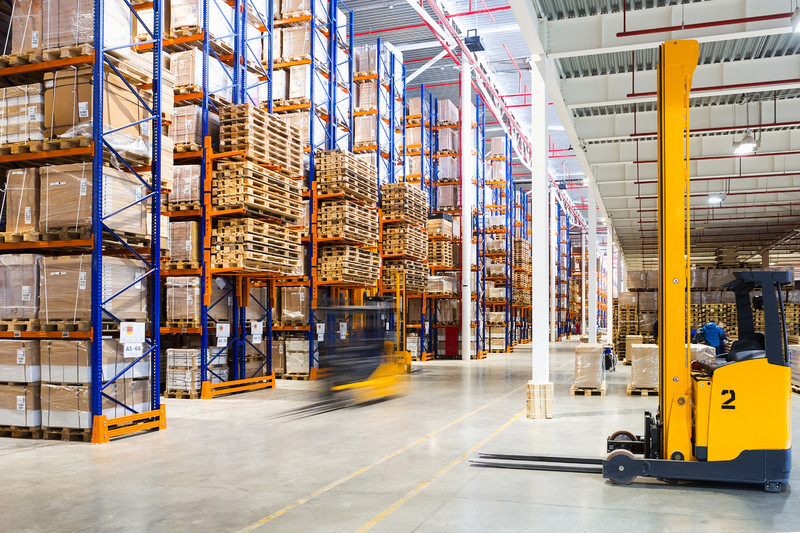Losses from warehouses and other storage facilities increased to 25% of all cargo theft, according to TT Club's just-published report on annual cargo theft in 2020, in association with business improvement company BSI.
Thefts of cargo in transit remained the highest percentage of the total, although the 71% share is a decrease from 2019, when it was 87%.
TT Club said that 2020 was an atypical year due to supply chain threats from the pandemic. It said that these were likely to be of continued concern well into 2021.
New high-value targets had emerged, such as PPE, face masks and anti-bacterial gel. The vaccine supply chain was likely to come under threat as the roll out expanded.
Food & beverage sector remained the largest target, at 31%.
The Club said that the most significant trend highlighted by the report was the relative shift in the location of thefts, with in-transit incidents and those involving vehicles showing a decline, though remaining the most dominant threat, and theft from storage facilities increasing.
The Club said that the extent of the rise in the latter was variable from region to region, noting that "this trend was reflective of the disruption to supply chains brought about by radical changes to consumer-buying patterns as a consequence of the pandemic".
TT Club Managing Director, Loss Prevention, Mike Yarwood, said that “the effects throughout 2020 of the Covid-19 crisis threatened supply chain security, continuity and resilience. Not only did newly created high-value commodities such as PPE become targets for theft, but bottle-necks in the logistics infrastructure at ports and warehouses brought increased potential risks. Temporary overflow storage facilities added to the dangers in loosening the grip of existing security systems.”
The Club believed that, although specific incidents had not yet occurred, unless distribution plans for vaccines were perfectly executed within the expectations of any given population, challenges would arise in protecting the single most valuable cargo of all in the coming months.
Regional variances were worthy of note. In Europe, the stockpiling of goods meant that these inventories came under particular threat, with 48% of 2020 reported thefts coming from warehouses and production facilities. That compared with only 18% from such locations the previous year.
While 54% of incidents occurred in rest areas and parking sites in 2019, this percentage dropped to 19% in 2020.
In Asia the countries with the highest risk remained India, Indonesia, China and Bangladesh. The proportion of storage-based risk remained around 50% in Asia as a whole, but in Southeast Asia the in-transit risk indicated the prevalence of bribery and corruption. TT Club said that a high percentage of thefts were facilitated by employees and customs or other officials.
In North America, theft came almost exclusively in-transit, either via hijackings or directly from a parked vehicle. TT Club said that the risk of social unrest, particularly in Mexico, arguably impacted the risk of cargo loss through most of last year. "Significant disruption to the Mexican rail freight industry, with protesters setting up blockades on train tracks, created a backup of cargo across the country", said the Club, noting that this disruption led to estimated losses of close to $4.4bn.
In South America, Brazil was a hotspot in 2020. A key driver of the high rates of cargo theft remained the presence of major illegal drug smuggling gangs that need to fund their trafficking efforts. The dominant risks were from hijacking and theft from or of vehicles, accounting for 78% of the total losses reported. The extreme rate of cargo theft fell for the first time in several years, as continued efforts by police and industry contributed to a slight decline in incidents in 2020.

